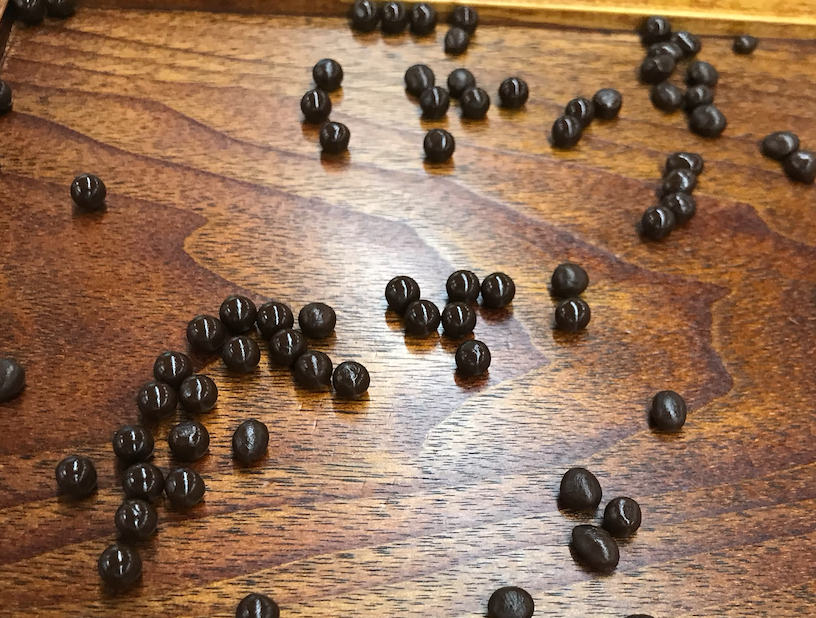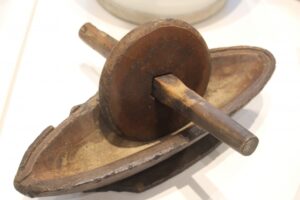The History of Medicine (1) - Tracing the Origins of Tablet Manufacturing in Japan
Ancient Roots of Pharmaceutical Science

The roots of pharmaceutical science stretch back to ancient Greece, where symbols like the Rod of Asclepius and the Bowl of Hygieia emerged, and to the Roman Empire, where Galen made significant contributions to pharmaceutical formulations. In Asia, India's Ayurveda is well-known, but in Japan, traditional medicine cannot be discussed without acknowledging the influence of Chinese medicine.
Japan's traditional medicine, known as Kanpo Medicine, has its foundation in Chinese medical practices. Even today, some Japanese pharmacy schools include classical texts such as the Shou-kan-ron (傷寒論), the Shinnou-Honzou-Kyou (神農本草経), and the Kinki-Youryaku (金匱要略) in their curriculum. Additionally, modern medical practice continues to incorporate Kanpo extract formulations in granulated form, widely used in hospitals and clinics.
The Origins of Tablet Manufacturing in Japan
This article explores the history of tablet manufacturing technology in Japan. Tablets revolutionized medicine by making it more compact, easier to carry, and longer-lasting while reducing the bitterness of medications. But when did tablet production first begin in Japan?
Historical records indicate that Japan's tablet manufacturing techniques date back to the Nara period (710–794 AD), introduced from the Tang Dynasty (China). This was a time of active cultural and technological exchange through the Kentoshi (Japanese missions to Tang China), which brought various innovations via the Silk Road. Among them were pharmaceutical knowledge, medical techniques, and tablet (pill) manufacturing methods.
More than a thousand years later, these techniques have been preserved and evolved. Institutions like Yokohama University of Pharmacy continue to offer skill training programs for graduates and local pharmacists, supporting the transmission of pharmaceutical knowledge across generations.
From Traditional Pills to Modern Tablets
Modern tablet manufacturing involves blending an active pharmaceutical ingredient (API) with excipients such as binders and fillers, followed by compression into tablet form in a process known as tableting. While mass production was impossible in ancient times, early Japanese medicine makers used Renmitsu (煉蜜), a concentrated and slowly heated honey, as a natural binder. They mixed this with finely ground medicinal herbs to create small, spherical pills. These traditional formulation techniques and tools reflect the ingenuity and scientific understanding of early medical practitioners.
The cumulative wisdom of past generations has formed the foundation of modern pharmaceutical science, much like layers of sediment shaping the land. As we continue to explore pharmaceutical formulation history, we gain a deeper appreciation for the knowledge that sustains our present-day medical advancements.


